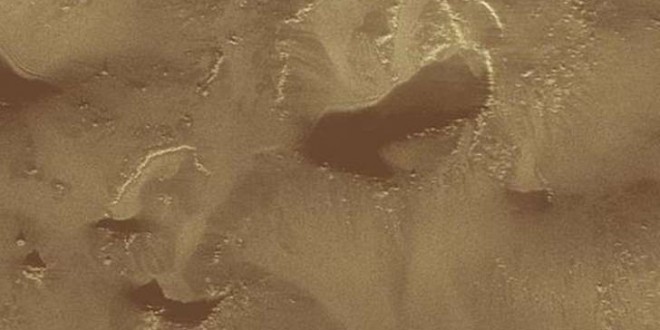Malaysian Airlines Flight MH370 search update: “Extraordinary” footage has emerged of the ocean floor being scoured for missing Malaysia Airlines Flight MH370.
The Australian Transport Safety Bureau (ATSB) said that the sonic pictures revealed “important” details about the seafloor, which would help the massive search for the plane that disappeared on 8 March.
[fwdevp preset_id=”8″ video_path=”F6ewJt83vJU”]“This is indicative of the resolution and quality of the data and that it is revealing important detail of the sea floor.”
“In addition to locating the aircraft, the underwater search aims to map the Malaysian Airlines Flight MH370 debris field in order to identify and prioritise the recovery of specific aircraft components, including flight recorders, which will assist with the Malaysian investigation (into the plane’s disappearance).
“The ATSB has utilised the data from the bathymetric survey work to prepare the initial plan for the underwater search, to be followed and referred to by all parties involved.
“The plan includes search timings, methods, procedures, safety precautions and the initial search areas for the various vessels.
“The equipment used on the vessels is providing extraordinary data.”
More than 9,000 sq km of the floor of the Indian Ocean has been searched so far and around 200,000 sq km surveyed, according to the ATSB.
The priority search area is 1,800km off the coast of western Australia and measures 60,000 sq km.
The search for Malaysian Airlines Flight MH370 resumed in October after it was halted for four months so crews could map the seabed of the search zone, which measures approximately 23,000 square miles.
The airliner lost contact with air traffic controllers on March 8 while carrying 239 people on a flight between Kuala Lumpur and Beijing.
The aircraft last made contact 120 nautical miles off the east coast of the Malaysian town of Kota Bharu.
A huge search operation has continued since the jet’s disappearance but so far not a single piece of debris has been found.
Agencies/Canadajournal
 Canada Journal – News of the World Articles and videos to bring you the biggest Canadian news stories from across the country every day
Canada Journal – News of the World Articles and videos to bring you the biggest Canadian news stories from across the country every day



